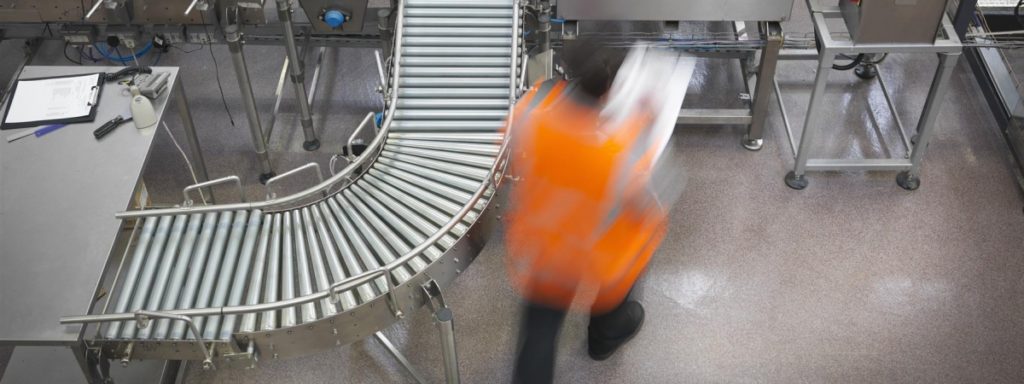By Brian K. Ayers

If you have ever had a slip, trip or fall at work, you are not alone. The U.S. National Safety Council reports that 25,000 occur daily in the workplace. They are the No. 1 cause of on-the-job injuries.
Good news. They are easy to prevent.
First: Recognize the risk factors.
Then: Address and fix them.
It really is that simple. However, it takes ongoing awareness and action to keep the risk factors ─ physical hazards in the environment, age-related issues and health conditions ─ in check. Doing so prevents injuries and keeps others safe too.
Follow these best practices to help prevent slips, trips and falls in the workplace and at home. In fact, use the following as a checklist.
In and around your workstation:
- Keep workspace surfaces and floors clean and organized.
- Ensure your desk chair and others are in good working order.
- Bundle and secure electrical/computer/phone cords.
- Shut desk and filing cabinet drawers when not in use.
- Open one filing cabinet drawer at a time to prevent a tip-over.
- Clean up spills and overflowing wastepaper baskets immediately.
- Arrange furniture to create open pathways, clear of clutter.
Health and safety programs at Xerox
Health and safety is a value demonstrated through our zero injury program, emergency preparedness and product safety.
Environment, health, safety and sustainability at Xerox: Learn how we align our goals for the environment, health and safety in five key areas to make an impact across our value chain worldwide.
Moving around office aisles and walkways:
- Walk, don’t run.
- Avoid multitasking while walking ─ NO talking/texting on your cellphone.
- Apply extra caution in high traffic areas, around corners and near doorways.
- Stay to the right in hallways, the same as you do in vehicular traffic.
- Always keep one hand free ─ if you have a lot to carry, make several trips.
- Take time to choose a safe path out/around cluttered areas and caution signs.
At any age, but more so as the numbers increase:
- Wear sensible and proper footwear.
- Use handrails on stairways ─ that’s why they are there.
- Use elevators rather than stairs if you have a lot to carry, or as needed.
- Prepare to step down/off a platform by planting your feet flatly and firmly.
- Look ahead ─ check, avoid, report/repair broken walkways and outdoor steps.
- Report/remove wet leaves, standing water, snow and ice from stairs and walkways.
To your health and for all:
- Be aware that medication, including prescription and over-the-counter, can affect your balance.
- If you need to get something beyond your reach, do NOT stand on a chair, table or surface on wheels.
- Use outdoor ramps instead of stairs.
- Limit or don’t use high ladders.
- Call for medical attention, if you need it.
- Report hazards to the appropriate safety professional.
Distracted walking
You’ve heard the term “distracted driving.” Add “distracted walking” to your lexicon. Safety professionals attribute slips, trips and falls to this cause ─ multitasking while walking. Obstacles are everywhere, especially when we fail to focus on our surroundings. In fact, talking and texting on the phone can turn otherwise safe conditions into hazards. It’s dangerous behavior, not only for ourselves, but also for those around us.
Inclement/Cold Weather Conditions
Wind, snow, ice and rain are a breeding ground for slips, trips and falls. Wear shoes/boots that provide traction, and use special care when entering and exiting vehicles. No one is immune to these conditions ─ take short steps with slightly bent knees, shuffle your feet and walk at a slower pace.
*Resources to prevent slips, trips and falls
June is National Safety Month. These resources can help keep you and your employees safe throughout the year.
Safety+Health magazine: Prevent slips, trips and falls.
University of Wisconsin, Oshkosh: Accident Prevention: Slips, Trips and Falls
Canadian Centre for Occupational Health and Safety: Prevention of Slips, Trips and Falls
Brian K. Ayers is senior safety engineer at Xerox in Rochester, N.Y. A Certified Safety Professional (CSP), he works in the Environment, Health, Safety & Sustainability group.
*Updated May 1, 2018)


